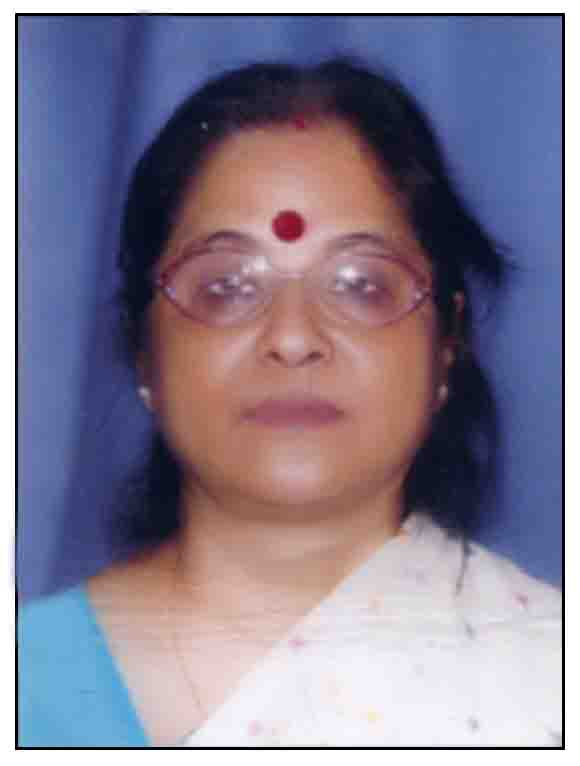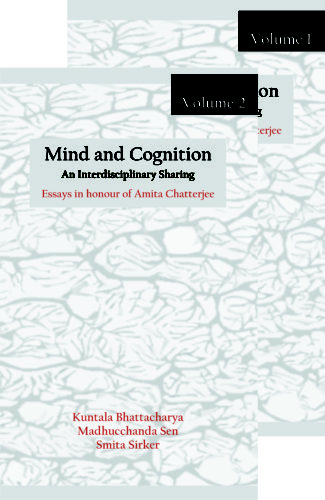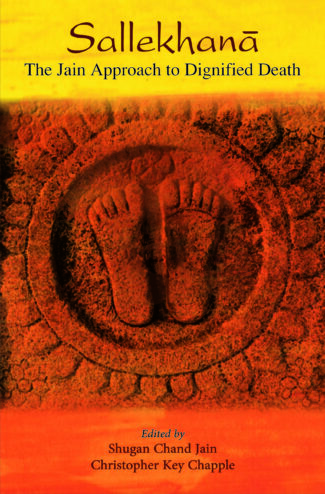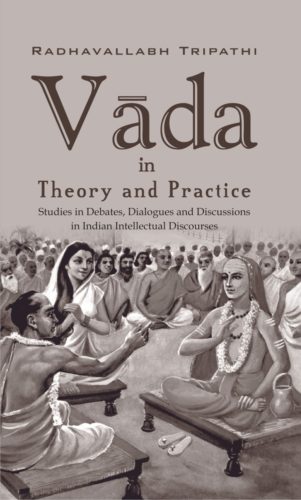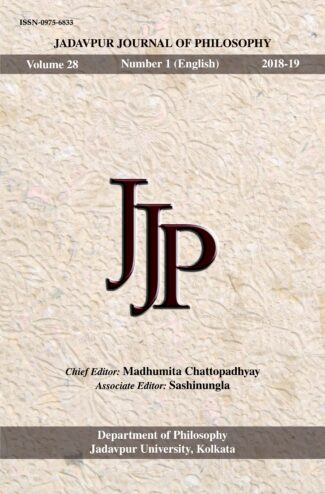-
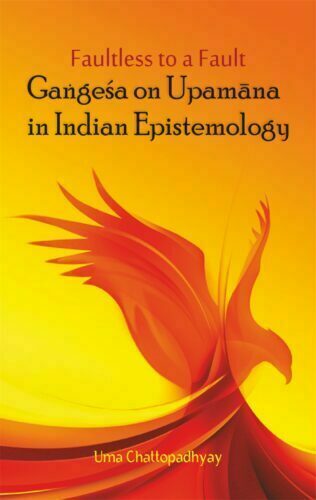

Faultless to a Fault...
Faultless to a Fault
Gangesha on Upamana in Indian Epistemology by: Uma ChattopadhyayThe present volume is a sequel to Dishonoured by Philosophers: Upamana in Indian Epistemology (2009). It is a logical and historical extension of the arguments made in defence of upamana in the previous work, upholding Gangeshas standpoint as the height of perfection, the most vigorous defence of upamana in a series of defences and objections in a long course.
₹315.00
ISBN: 9788124608173
Year Of Publication: 2015
Edition: 1st edition
Pages : xiii, 114p.
Language : English
Binding : Hardcover
Publisher: D.K. Printworld Pvt. Ltd.
Size: 23
Weight: 350
The present volume is a sequel to the authors previous work entitled Dishonoured by Philosophers: Upamana in Indian Epistemology (2009) where she introduced the notion of upamana, its definition, process and also its status in Indian epistemology in general and the Nyaya school in particular. The book ended with an exposition of Udayanacarya, an eleventh-century Nyaya philosopher. But the debate did not end there. Many Indian philosophers took the hard task of reducing upamana to other pramanas, and there were other objections as well.
The sequel volume is a logical and historical extension of the arguments made in defence of upamana in the previous work. An interesting feature of the continuing debate is that a large number of Indian philosophers including the Bauddhas, Jainas, Samkhyas, Vaisheshikas, Mimamsakas, Carvakas and even individual Naiyayikas such as Bhasarvajna were still doubtful of the status of upamana. Over and above all, there was the question of logical economy in a scheme of pramanas. The present work for the first time provides an intensive study of how the Indian philosopher Gangesha Upadhyaya took up the challenge in the twelfth century to give upamana a definite, irreducible place in the scheme of pramanas. Based on Gangeshas monumental work Upamanacintamani along with Pragalbhacaryas celebrated commentary on it, the author reopens the question of upamana in a dialogical method and tries to measure the perfection of Gangeshas arguments. She upholds Gangeshas standpoint as the height of perfection, the most vigorous defence of upamana in a series of defences and objections in a long course, and titles this task of Gangesha Faultless to a Fault in her book.
Preface
1. Setting the Theme: Upamanas Journey from Many Faults to the Faultless
2. First External Objection: Anomalous Nyaya Scheme of Pramanas
3. Second External Objection: No Use of Similarity Outside Philosophy
4. The Internal Defence: The Mimamsa View and Its Limitations
5. The Defence Made More Perfect: Gangeshas Lasting Contribution on Upamana
6. Faultless to a Fault?: An Epilogue to a Realist View
Bibliography
Index

